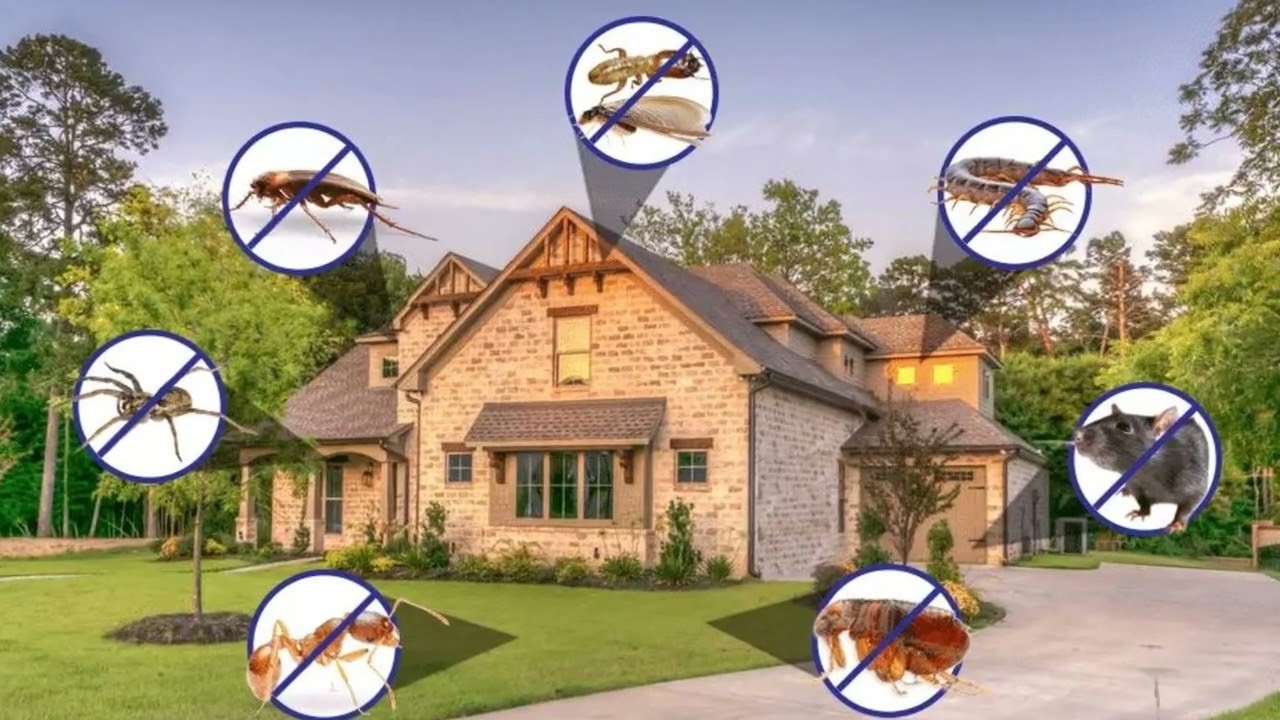Hello, homeowners! We understand your concern for a pest-free living environment. After all, pests can cause extensive damage to your property and pose health risks to you and your loved ones.
In this comprehensive guide, we will explore the world of pest inspection Melbourne and how they can help you maintain a healthy and comfortable home. By being proactive and scheduling regular inspections, you can identify and address potential pest issues before they become major problems. So, let’s dive in and discover the key to a pest-free home!
Understanding Pest Inspections
- What is a pest inspection?
– A pest inspection is a thorough examination of a property to identify existing or potential pest issues.
– It is typically conducted by certified technicians who have expertise in handling various types of pests.
– The purpose of a pest inspection is to assess the property for signs of infestation, identify vulnerabilities, and provide recommendations for treatment or preventive measures.
- Common pests that can infest homes
– Rodents: Rats and mice can cause damage to structures and spread diseases.
– Termites: These silent destroyers can wreak havoc on the wooden components of your home.
– Ants: While not as destructive as termites, ants can be a nuisance and contaminate food.
– Cockroaches: These resilient pests can trigger allergies and spread pathogens.
- Negative impacts of pests
– Property damage: Pests can chew through electrical wires, insulation, and wooden structures, leading to costly repairs.
– Health risks: Pests can carry and transmit diseases, contaminate food, and trigger allergies or asthma symptoms.
– Psychological effects: Living with pests can cause stress, anxiety, and a decrease in overall well-being.

Benefits of Regular Pest Inspections
- Early detection and prevention
– Regular pest inspections allow for the early detection of potential infestations.
– By identifying pest issues in their early stages, you can take prompt action to prevent them from spreading and causing further damage.
– Prevention is always more cost-effective than dealing with established pest problems.
- Cost-effective long-term solution
– Investing in regular pest inspections can save you money in the long run.
– By addressing pest issues early on, you can avoid costly repairs and extensive treatments.
– The cost of preventative measures is significantly lower compared to dealing with a full-blown infestation.
- Safeguarding health and well-being
– Pests can carry diseases and pose health risks to you and your family.
– Regular pest inspections help minimize exposure to pests and their associated diseases.
– By maintaining a pest-free home, you can create a healthier and more comfortable living environment.
Choosing a Professional Pest Inspection Service
- Certified technicians with experience
– When selecting a pest inspection service provider, look for certified technicians who have experience in handling various types of pests.
– Their expertise will ensure a thorough inspection and accurate identification of pest issues.
- Valid licenses, insurance coverage, and warranties
– Ensure that the pest inspection service provider has valid licenses and insurance coverage.
– This protects you from any liability in case of accidents or damages during the inspection process.
– Additionally, inquire about any warranties or guarantees offered by the service provider.
- Customer reviews and recommendations
– Read customer reviews or seek recommendations from trusted sources.
– Positive reviews and recommendations indicate the reliability and professionalism of the pest inspection service provider.
What to Expect During a Pest Inspection
- Initial consultation and scheduling appointment
– The pest inspection process usually begins with an initial consultation to discuss your concerns and schedule an appointment.
– During this consultation, you can ask any questions you may have and provide the technician with relevant information about the property.
- Thorough examination of the property
– The technician will conduct a comprehensive examination of both the interior and exterior areas of the property.
– They will look for signs of infestation, such as droppings, nests, or damage to structures.
– The inspection may include the use of specialized tools or equipment to detect hidden pest activity.
- Identification of existing or potential pest issues
– The technician will identify any existing pest issues and determine the severity of the infestation.
– They will also assess the property for vulnerabilities or conducive conditions that may attract pests in the future.
- Evaluation of structural vulnerabilities
– The technician will evaluate the property for structural vulnerabilities that may allow pests to enter or thrive.
– This may include checking for cracks, gaps, or openings that need to be sealed.
- Detailed report generation
– After the inspection, the technician will generate a detailed report outlining their findings.
– The report may include photographs, diagrams, or recommendations for treatment or preventive measures.
– It is essential to review the report carefully and seek clarification if needed.
Acting Upon the Inspection Report
- Take necessary actions
– Based on the findings of the inspection report, it is crucial to take prompt action.
– Address any existing pest issues by implementing the recommended treatments.
– Also, follow the preventive measures suggested to minimize the risk of future infestations.
- Implementing recommended treatments or preventive measures
– If the inspection report recommends treatments, hire a professional pest control service to carry out the necessary procedures.
– Ensure that you understand the recommended treatments and any safety precautions you need to take.
– For preventive measures, follow the guidelines provided in the report, such as sealing entry points or removing attractants.
- Regular maintenance and ongoing pest management
– Pest inspections are not a one-time solution but rather a proactive approach to pest control.
– Regular maintenance, such as keeping your home clean and well-maintained, can help prevent future infestations.
– Consider implementing ongoing pest management strategies, such as regular inspections and treatments, to maintain a pest-free home.
DIY Pest Prevention Tips
- Maintaining cleanliness and proper sanitation practices
– Clean up spills and crumbs promptly, as they can attract pests.
– Store food in airtight containers and dispose of garbage regularly.
– Vacuum regularly to remove food particles or potential pest hiding places.
- Sealing cracks, gaps, and entry points
– Inspect your property for cracks, gaps, or openings that pests can use to enter.
– Seal these entry points using caulk, weatherstripping, or other appropriate materials.
– Pay close attention to areas such as windows, doors, utility lines, and vents.
- Storing food properly and disposing of waste promptly
– Store food in sealed containers to prevent pests from accessing it.
– Keep your pantry organized and discard expired or spoiled food.
– Dispose of waste promptly in sealed trash containers to avoid attracting pests.
- Removing standing water sources
– Pests need water to survive, so eliminate any standing water sources in and around your property.
– Repair leaky pipes, fix faulty drainage systems, and remove stagnant water from gutters or containers.
Conclusion:
Congratulations! You have now become well-versed in the world of pest inspections and their importance in maintaining a pest-free home. By scheduling regular inspections, you can detect and address potential pest issues early on, saving yourself from costly repairs and health risks.
Remember to choose a reputable pest inspection Melbourne service provider and take necessary actions based on the inspection report. Implementing recommended treatments, following preventive measures, and practicing good maintenance habits are key to keeping pests at bay. So, don’t wait any longer—schedule a professional pest inspection today, click here pest-control.com.au and enjoy the peace of mind that comes with a pest-free home!



